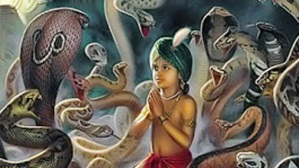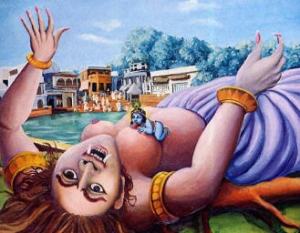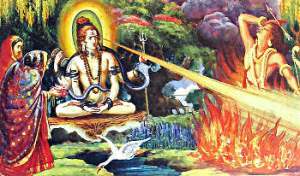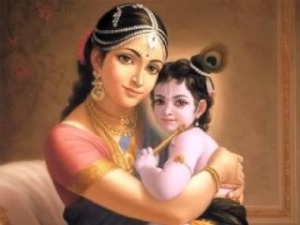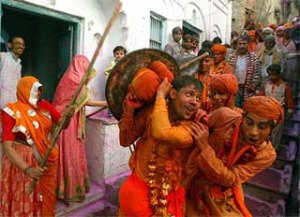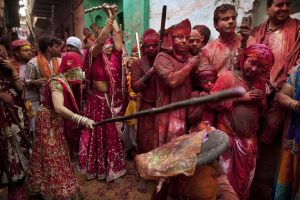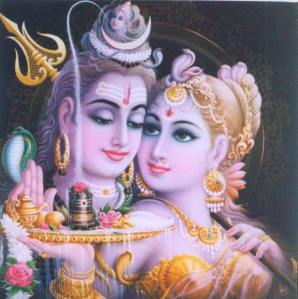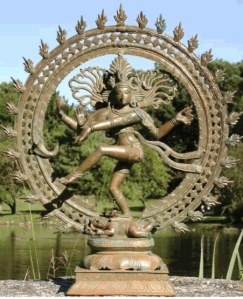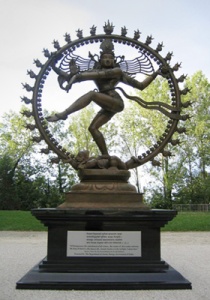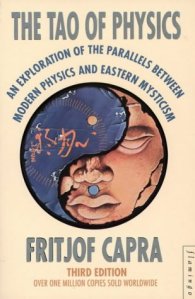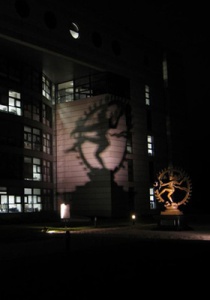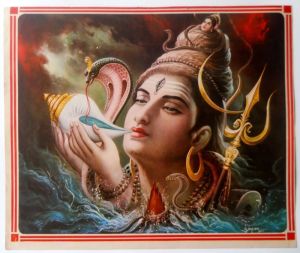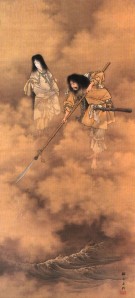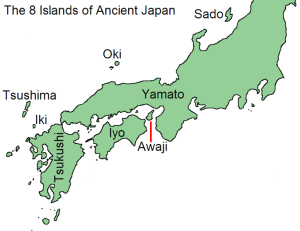For starters, Norse mythology (also referred to as Scandinavian mythology) is the body of mythology of the North Germanic people stemming from Norse paganism and continuing after the Christianization of Scandinavia and into the Scandinavian folklore of the modern period.
Most of us are already aware of a little bit of Norse mythology through the superhero movie series ‘Thor’. The first Thor movie released in 2011 and the second one released in India this Friday. In between, Thor was also seen in The Avengers.
[caption id="attachment_712" align="aligncenter" width="256"]
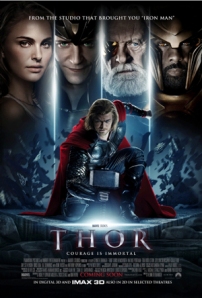 Thor (2011)[/caption]
Thor (2011)[/caption][caption id="attachment_710" align="aligncenter" width="256"]
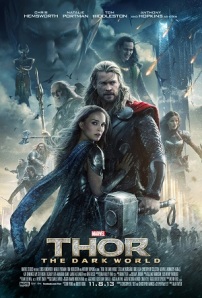 Thor - The Dark World (2013)[/caption]
Thor - The Dark World (2013)[/caption][caption id="attachment_715" align="aligncenter" width="255"]
 The Avengers (2012)[/caption]
The Avengers (2012)[/caption]In this post we try and find out little more about the 'real' Thor and how it has become a part of our daily life.
Let’s start with the ‘mythological’ Thor.
According to the Norse mythology Thor is
- son of the God Odin and Fjörgyn
- a God associated with thunder, lightning, storms, oak trees, strength, the protection of mankind, and also hallowing, healing and fertility
- Is served by Þjálfi and Röskva
- rides in a cart or chariot pulled by two goats, Tanngrisnir and Tanngnjóstr
- ascribed three dwellings - Bilskirnir, Þrúðheimr, and Þrúðvangr
- husband of the golden-haired goddess Sif
- father of Þrúðr with Sif, Magni with Járnsaxa, Móði with a mother whose name is not recorded
- the stepfather of the Ullr
Thor was known in Old English as 'Þunor' and in Old High German as 'Donar' which came from a Common Germanic word 'Þunraz' which means "thunder".
A few other names of Thor (anglicized) are as follows:
Asabrag, Asa-Thor, Bjorn/Biorn, Einridi/Eindridi, Ennilang, Hardveur, Hloridi/Hlorridi, Oku-Thor, Rym, Sonnung, Vethorm, Veud/Veod, Veur, Vingthor
Thor is generally described as fierce-eyed, red-haired and red-bearded.
Another item associated with Thor is his very powerful hammer, Mjölnir. He wears the belt Megingjörð and the iron gloves Járngreipr.
[caption id="attachment_718" align="aligncenter" width="238"]
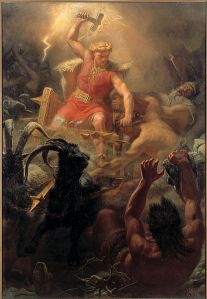 Thor's Battle Against the Jötnar (1872) by Mårten Eskil Winge[/caption]
Thor's Battle Against the Jötnar (1872) by Mårten Eskil Winge[/caption]The Poetic Edda (collection of Old Norse poems) along with Snorri Sturluson's Prose Edda (Old Norse compilation made in Iceland in the early 13th century), considered the most important surviving source on Norse mythology and Germanic heroic legends mention Thor numerous times and talk about the various adventures he had. (a detailed post on the adventures later)
Thursday is named after Thor
The name of Thor is the origin of the weekday name Thursday.
Latin dies Iovis ("day of Jupiter") was converted into Proto-Germanic Þonares dagaz ("Thor's day"), from which stems modern English "Thursday".
Marvel Comics 'superhero' - Thor
One of the most famous depictions of Thor is the Marvel Comics superhero Thor, created by Stan Lee, Larry Lieber and Jack Kirby.
It debuted in the science fiction/fantasy anthology title Journey into Mystery #83 (cover-date Aug. 1962)
[caption id="attachment_720" align="aligncenter" width="217"]
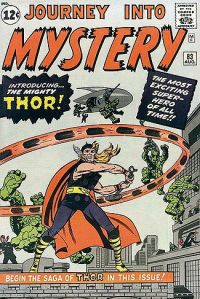 Journey into Mystery #83 (Aug 1962): The debut of Thor[/caption]
Journey into Mystery #83 (Aug 1962): The debut of Thor[/caption]This is how Stan Lee describes Thor’s genesis
“ How do you make someone stronger than the strongest person? It finally came to me: Don't make him human — make him a god. I decided readers were already pretty familiar with the Greek and Roman gods. It might be fun to delve into the old Norse legends... Besides, I pictured Norse gods looking like Vikings of old, with the flowing beards, horned helmets, and battle clubs. ...Journey into Mystery needed a shot in the arm, so I picked Thor ... to headline the book. After writing an outline depicting the story and the characters I had in mind, I asked my brother, Larry, to write the script because I didn't have time. ...and it was only natural for me to assign the penciling to Jack Kirby... ”
Thor movies are based on this comic book character published by Marvel Comics.
There are other interesting connections with Thor. A few of them are mentioned below:
- The first electric clothes washer sold commercially in the United States was named as ‘Thor washing machine’.
[caption id="attachment_721" align="aligncenter" width="300"]
 Thor Washing Machine[/caption]
Thor Washing Machine[/caption]- An active volcano on Jupiter's moon Io was named 'Thor'
[caption id="attachment_722" align="aligncenter" width="300"]
 Volcano Thor on Jupiter's moon Io[/caption]
Volcano Thor on Jupiter's moon Io[/caption]- In 1828, a naturally occurring radioactive chemical element discovered by Norwegian mineralogist Morten Thrane Esmark and identified by the Swedish chemist Jöns Jakob Berzelius was named Thorium after Thor.
[caption id="attachment_723" align="aligncenter" width="262"]
 Element 'Thor'ium[/caption]
Element 'Thor'ium[/caption]- There are numerous cities and geographical features named after Thor.
Thorsberg moor (Thor's Hill) in Germany, Tórshavn (Thor's Harbor) - the capital city of the Faroe Islands, Thundersley in England, Mount Thor in Canada which features the world’s tallest purely vertical drop are a few examples
The Norse mythology throws up a lot of interesting characters and stories, a lot of which are woven intricately into our current system.
In the coming few weeks we will se a few of them.
Till then, leaving you with the 'Thunder God' - Thor :)

